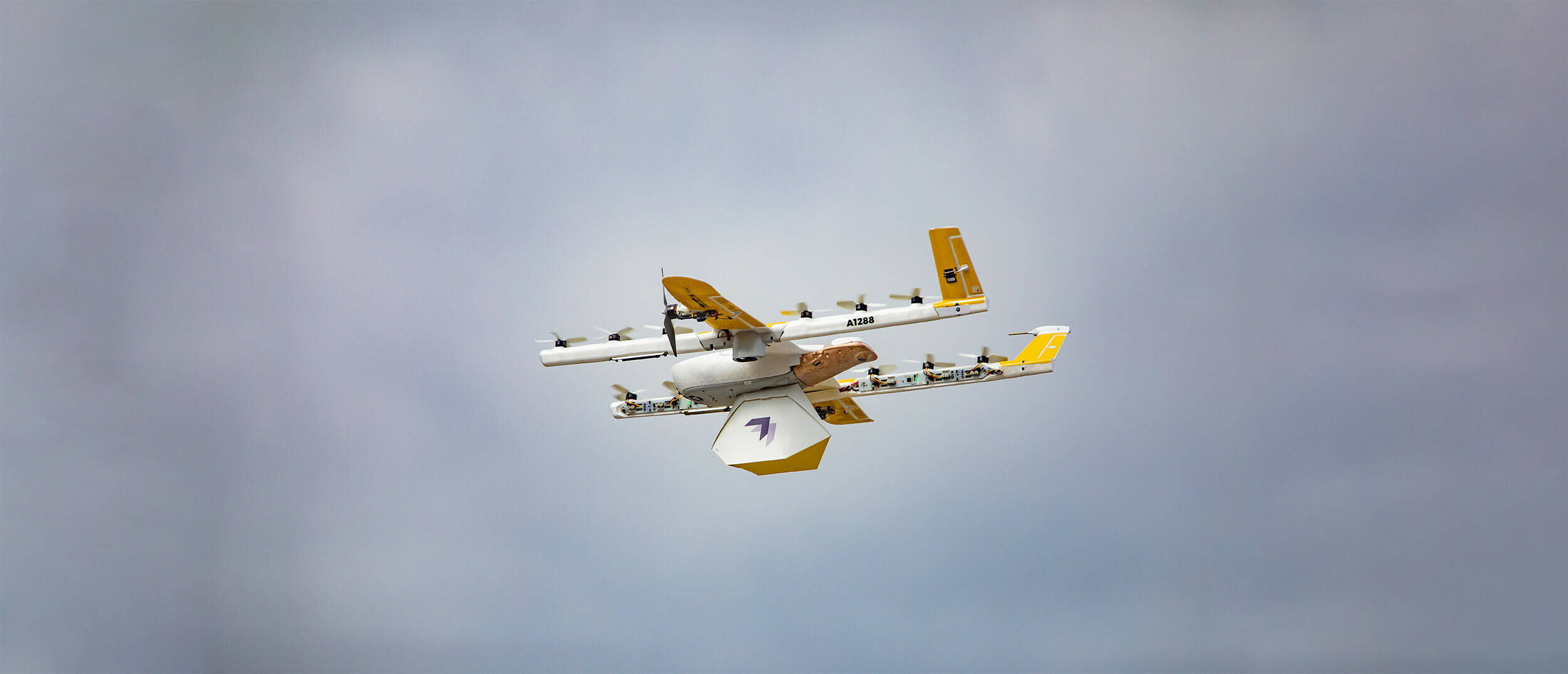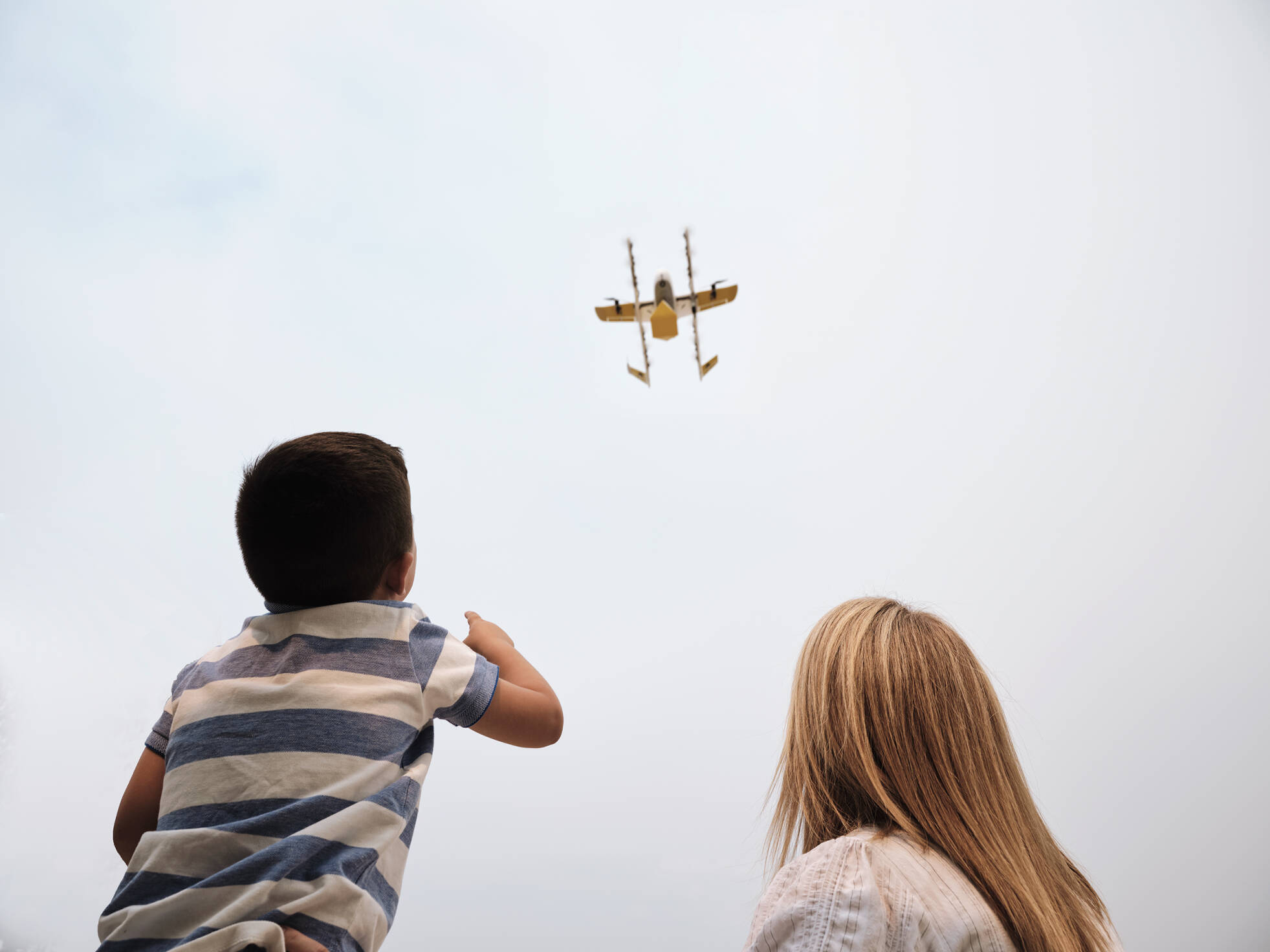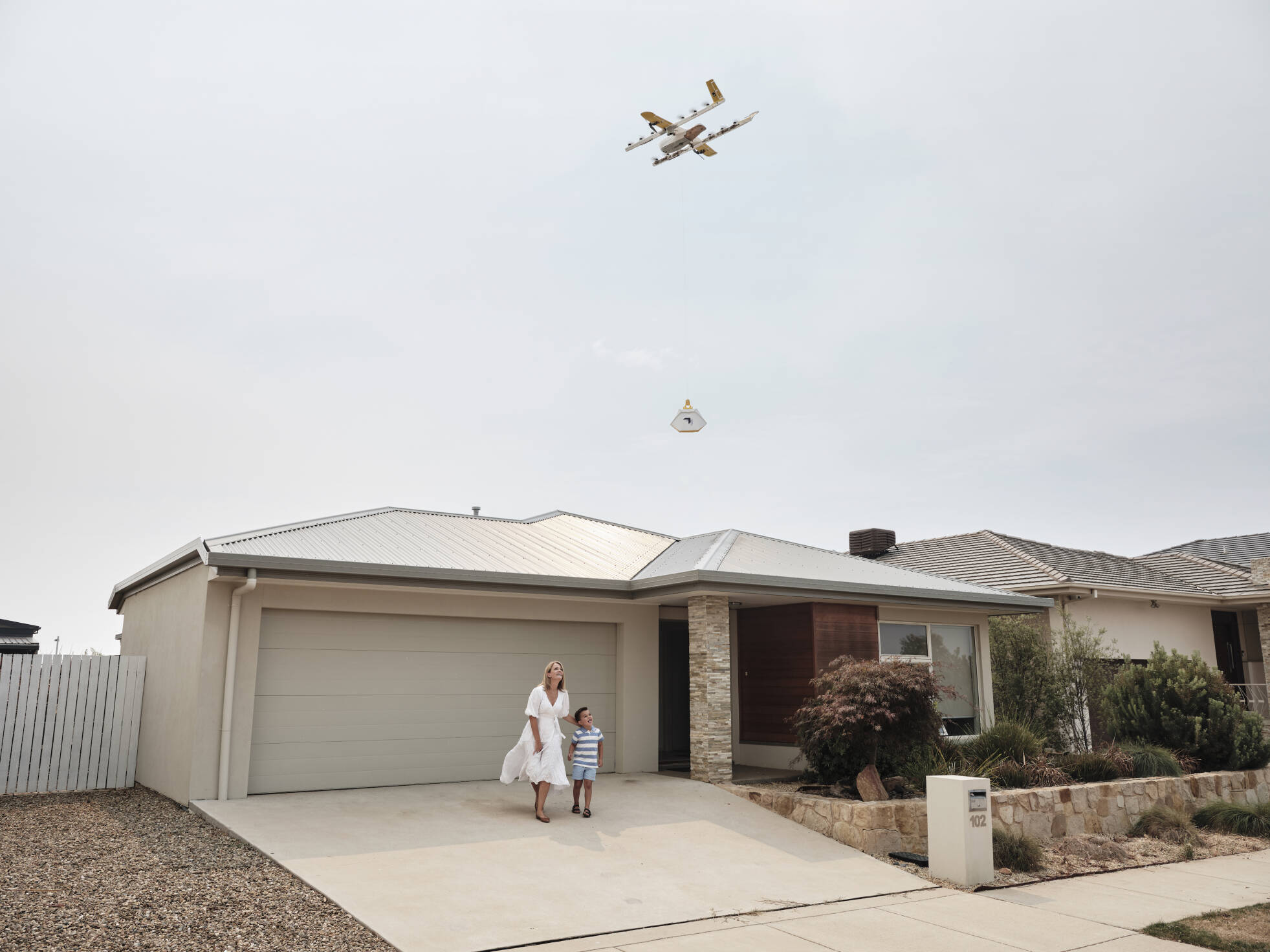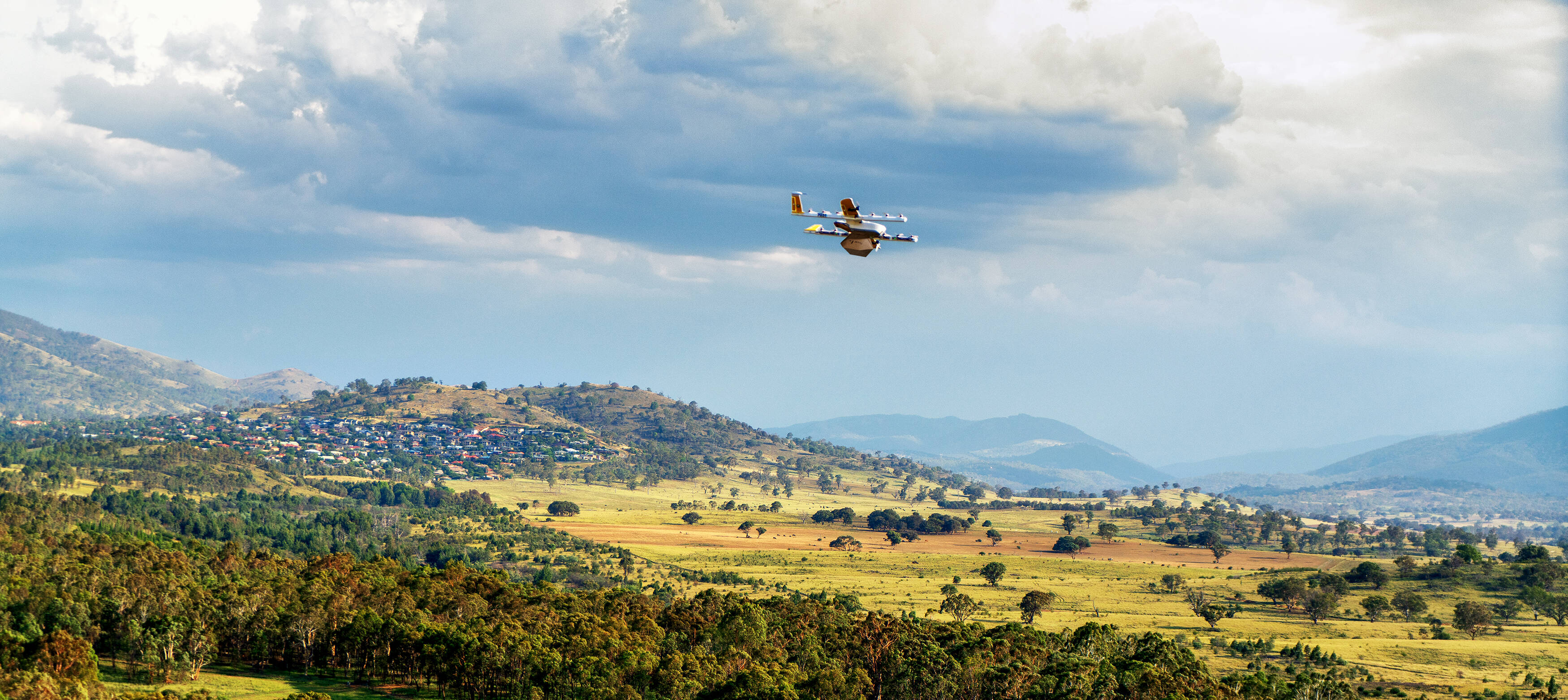Reinaldo Negron, Head of UTM, Wing, explains why the fast-moving drone sector needs a flexible framework to ensure safe and scalable operations.








Why is it important to integrate crewed and uncrewed airspace?
Airspace is an inherently shared resource – there is no crewed and uncrewed airspace. However, airspace is not the same everywhere because the risks, the need for cooperation and the procedures vary.
In fact, there are different rules for different kinds of airspace even without drones. So, how integration occurs should be practical as drones also fly differently and in different areas.
Wing welcomes U-space that is integrated and cooperative, enabling crewed and uncrewed operations to work together to share the airspace, and as a building block toward even safer, more equitable and scalable skies.
Is global harmonisation necessary?
Drones may not routinely fly across borders, but they will operate in multiple countries. Across Europe, drone operators already provide imagery, surveys and a range of services. Around the world, hobbyist tourists frequently bring them to new destinations. Drones are such an incredible portable technology.
Aviation has a long history of accessible and harmonised airspace rules to enable safety and compliance. We also recognise that digital solutions can help operators regardless of where they fly. Electronic Flight Bags are a great example of operators being able to have access to digital tools and information wherever they fly. We should enable the same harmonised operator experience as we look at UAS services.
How can ANSPs better cooperate with UTM providers?
There is so much opportunity to cooperate and learn from each other. The UTM ecosystem is built upon successful air traffic management principles executed by ANSPs daily and will need their expertise to continue to innovate effective airspace integration strategies.
Some key areas we see ANSPs and U-space services providers working together are on standards and digital exchange of aeronautical data and traffic information data, automated access to controlled airspace, and implementation of U-space airspace in controlled airspace. We are excited to see organisations such as CANSO and the Global UTM Association (GUTMA) bring these communities together to address pressing topics.
What do drone operators want in terms of regulation and where are the conflicts with existing ATM?
The current ATM framework was not designed with drones in mind, and it does not allow services like ours to grow in a safe or cost-effective way or even support the way we fly.
Wing remains a proponent of risk-based and performance-based regulations as opposed to a prescriptive, one-size-fits-all approach. Specifically, acknowledging that there are and will be different paths to achieve a safe outcome allows our industry to scale more safely and efficiently in an increasingly diverse, novel and evolving UAS ecosystem.
Creating performance-based regulation is harder. Industry standards that can scale to the performance and safety levels can assist regulators and the community in this challenge, and support the development of collaborative, interoperable systems that can accommodate a significant and sustainable increase in drone volumes in a shared airspace.
Can you tell us about the environmental benefits of drone delivery?
Our electric drone fleet complements last mile delivery, handling small packages without the traffic congestion, fossil fuels, and costs of ground transportation. In fact, when a customer orders a box of pasta from Wing, they likely use more energy boiling the water than we used delivering the package several kilometres to their home.
What will the UTM / ATM environment look like in 10 years’ time?
Just five years ago, drones and paradigms like UTM were still quite new. Now they are accepted and part of the daily lives of people around the world. We probably couldn’t have predicted where we are today. The next 10 years, with the pace of change, innovation, regulations and market development we’re seeing now, is equally open. Given these factors, I think it is more helpful to look toward sustained principles rather than shifting absolutes as UTM and ATM continue to develop.
The first principle is collaboration. Over the decades, ANSPs, industry, and operators have recognised the value of collaborative air traffic management. Many other investments or forums for discussion have solidified as well, showing that UTM progresses best with collaboration built in rather than added over time. This means having an open system, providing readily available data across the aviation ecosystem, and coming together as a community to continue to find ways to better share the airspace equitably, efficiently and of course, safely.
The second principle is digitisation. In the US, the FAA Low Altitude Authorisation and Notification Capability (LAANC) programme achieved over one million automated approvals to fly in controlled airspace. This scale cannot happen if information is shared via voice through traditional control towers, especially for drone operators. Digital solutions for airspace are not new in aviation, but UTM introduces an opportunity to rethink manual paradigms and more fully embrace digital benefits and open standards.
We also need to manage by exception. Like digitisation, with the scale we expect it will not be practical to have a human watching every flight. This is true both for the operator and true for service providers. We will need to move to models that enable humans to focus on the exceptions and rely on ever-increasing automation elsewhere. This also requires making it easier to test and validate automation.
Last, we come to performance-based and risk-based approaches. Focusing on the outcome, and not the path, yields creativity, flexibility and iteration on that path. Prescribing the path means trying to address an incredibly broad and complex range of aircraft and software in how they work rather than what they do. It ties them to that moment in time and regulation, rather than evolving ways to better meet a standard. The future of aviation rests on risk and performance-based frameworks that enable a diverse range of users and use cases to work together as an ecosystem.
Keeping these principles in mind can help us adjust and stay nimble in this incredibly dynamic environment, while consistently staying true to enabling safe, scalable and compliant access to airspace. UTM and drone stakeholders can then leverage these principles to explore what’s next: to learn what works, what doesn’t, and what is helpful to inform the evolution of aviation for all – including ATM.

Read full article

Reinaldo Negron, Head of UTM, Wing, explains why the fast-moving drone sector needs a flexible framework to ensure safe and scalable operations.



What will the UTM / ATM environment look like in 10 years’ time?
Just five years ago, drones and paradigms like UTM were still quite new. Now they are accepted and part of the daily lives of people around the world. We probably couldn’t have predicted where we are today. The next 10 years, with the pace of change, innovation, regulations and market development we’re seeing now, is equally open. Given these factors, I think it is more helpful to look toward sustained principles rather than shifting absolutes as UTM and ATM continue to develop.
The first principle is collaboration. Over the decades, ANSPs, industry, and operators have recognised the value of collaborative air traffic management. Many other investments or forums for discussion have solidified as well, showing that UTM progresses best with collaboration built in rather than added over time. This means having an open system, providing readily available data across the aviation ecosystem, and coming together as a community to continue to find ways to better share the airspace equitably, efficiently and of course, safely.
The second principle is digitisation. In the US, the FAA Low Altitude Authorisation and Notification Capability (LAANC) programme achieved over one million automated approvals to fly in controlled airspace. This scale cannot happen if information is shared via voice through traditional control towers, especially for drone operators. Digital solutions for airspace are not new in aviation, but UTM introduces an opportunity to rethink manual paradigms and more fully embrace digital benefits and open standards.
We also need to manage by exception. Like digitisation, with the scale we expect it will not be practical to have a human watching every flight. This is true both for the operator and true for service providers. We will need to move to models that enable humans to focus on the exceptions and rely on ever-increasing automation elsewhere. This also requires making it easier to test and validate automation.
Last, we come to performance-based and risk-based approaches. Focusing on the outcome, and not the path, yields creativity, flexibility and iteration on that path. Prescribing the path means trying to address an incredibly broad and complex range of aircraft and software in how they work rather than what they do. It ties them to that moment in time and regulation, rather than evolving ways to better meet a standard. The future of aviation rests on risk and performance-based frameworks that enable a diverse range of users and use cases to work together as an ecosystem.
Keeping these principles in mind can help us adjust and stay nimble in this incredibly dynamic environment, while consistently staying true to enabling safe, scalable and compliant access to airspace. UTM and drone stakeholders can then leverage these principles to explore what’s next: to learn what works, what doesn’t, and what is helpful to inform the evolution of aviation for all – including ATM.
Our electric drone fleet complements last mile delivery, handling small packages without the traffic congestion, fossil fuels, and costs of ground transportation. In fact, when a customer orders a box of pasta from Wing, they likely use more energy boiling the water than we used delivering the package several kilometres to their home.
Can you tell us about the environmental benefits of drone delivery?
What do drone operators want in terms of regulation and where are the conflicts with existing ATM?
The current ATM framework was not designed with drones in mind, and it does not allow services like ours to grow in a safe or cost-effective way or even support the way we fly.
Wing remains a proponent of risk-based and performance-based regulations as opposed to a prescriptive, one-size-fits-all approach. Specifically, acknowledging that there are and will be different paths to achieve a safe outcome allows our industry to scale more safely and efficiently in an increasingly diverse, novel and evolving UAS ecosystem.
Creating performance-based regulation is harder. Industry standards that can scale to the performance and safety levels can assist regulators and the community in this challenge, and support the development of collaborative, interoperable systems that can accommodate a significant and sustainable increase in drone volumes in a shared airspace.
There is so much opportunity to cooperate and learn from each other. The UTM ecosystem is built upon successful air traffic management principles executed by ANSPs daily and will need their expertise to continue to innovate effective airspace integration strategies.
Some key areas we see ANSPs and U-space services providers working together are on standards and digital exchange of aeronautical data and traffic information data, automated access to controlled airspace, and implementation of U-space airspace in controlled airspace. We are excited to see organisations such as CANSO and the Global UTM Association (GUTMA) bring these communities together to address pressing topics.
How can ANSPs better cooperate with UTM providers?
Is global harmonisation necessary?
Drones may not routinely fly across borders, but they will operate in multiple countries. Across Europe, drone operators already provide imagery, surveys and a range of services. Around the world, hobbyist tourists frequently bring them to new destinations. Drones are such an incredible portable technology.
Aviation has a long history of accessible and harmonised airspace rules to enable safety and compliance. We also recognise that digital solutions can help operators regardless of where they fly. Electronic Flight Bags are a great example of operators being able to have access to digital tools and information wherever they fly. We should enable the same harmonised operator experience as we look at UAS services.
Airspace is an inherently shared resource – there is no crewed and uncrewed airspace. However, airspace is not the same everywhere because the risks, the need for cooperation and the procedures vary.
In fact, there are different rules for different kinds of airspace even without drones. So, how integration occurs should be practical as drones also fly differently and in different areas.
Wing welcomes U-space that is integrated and cooperative, enabling crewed and uncrewed operations to work together to share the airspace, and as a building block toward even safer, more equitable and scalable skies.
Why is it important to integrate crewed and uncrewed airspace?
